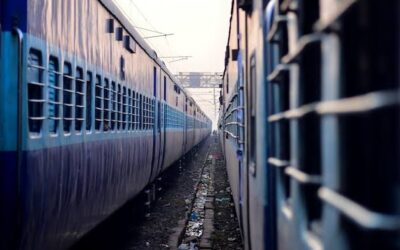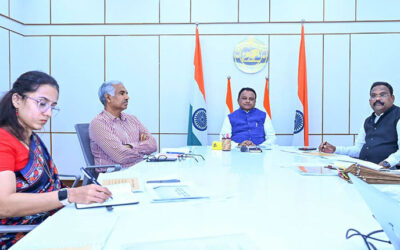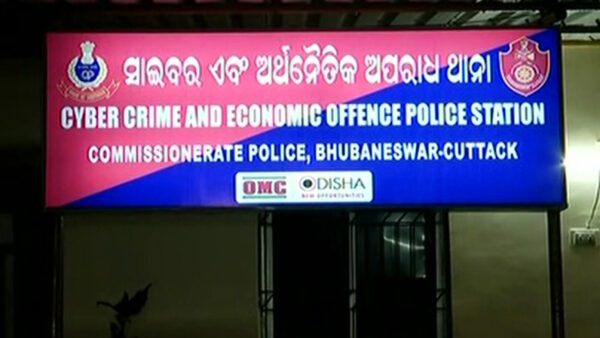Bhubaneswar Metro Rail Project Takes Underground Route

State government opts for underground metro plan instead of elevated tracks to address rising congestion and population growth in Odisha’s capital
The Odisha government has decided to implement an underground metro rail system in Bhubaneswar, aligning it with models seen in major cities like Delhi and Kolkata. This marks a major shift from the earlier plan of constructing an elevated metro network, which had already entered preliminary phases of execution.
Housing and Urban Development Minister Prithviraj Harichandan recently provided an update on the ambitious Bhubaneswar Metro Rail Project, explaining the rationale behind the revised plan. According to him, the city’s rapid population growth and an increase in vehicular traffic have led to frequent congestion in key areas. To offer a long-term and sustainable solution, the state government has concluded that an underground metro system would be more feasible and efficient.
“Urban crowding and traffic bottlenecks are growing concerns. The underground metro will help in decongesting roads and improve daily commuting for the citizens of Bhubaneswar,” said the Minister. Discussions around the technical and infrastructural requirements for the underground design have already been concluded, and preparations are reportedly underway.
The metro project, originally initiated under the previous BJD-led government, saw its foundation stone laid by former Chief Minister Naveen Patnaik on January 1, 2024, near Trisulia. The project has been allocated a budget of 6,255 crore.
The first phase of the project will cover a 26-kilometer stretch, connecting Bhubaneswar Airport to Trisulia Square. A total of 22 stations are planned for this segment, with key stations proposed at Rajmahal, Jaydev Vihar, Capital Hospital, and Patia. These locations have been chosen strategically to ensure accessibility for maximum daily commuters.
Future phases of the metro rail expansion will extend the network from Trisulia to Cuttack’s Netaji Bus Terminal in Khannagar and SCB Medical College and Hospital. Additionally, the state government is considering further expansion of the metro line up to Puri, enhancing regional connectivity for both residents and tourists.
The government aims to complete the construction of the first phase by the year 2027. The decision to go underground is expected to minimize land acquisition hurdles and preserve the city’s urban landscape while ensuring fast, efficient, and eco-friendly public transport.
Once operational, the Bhubaneswar Metro is expected to transform the city’s urban mobility and set a benchmark for sustainable transport solutions in other tier-2 cities across India.









